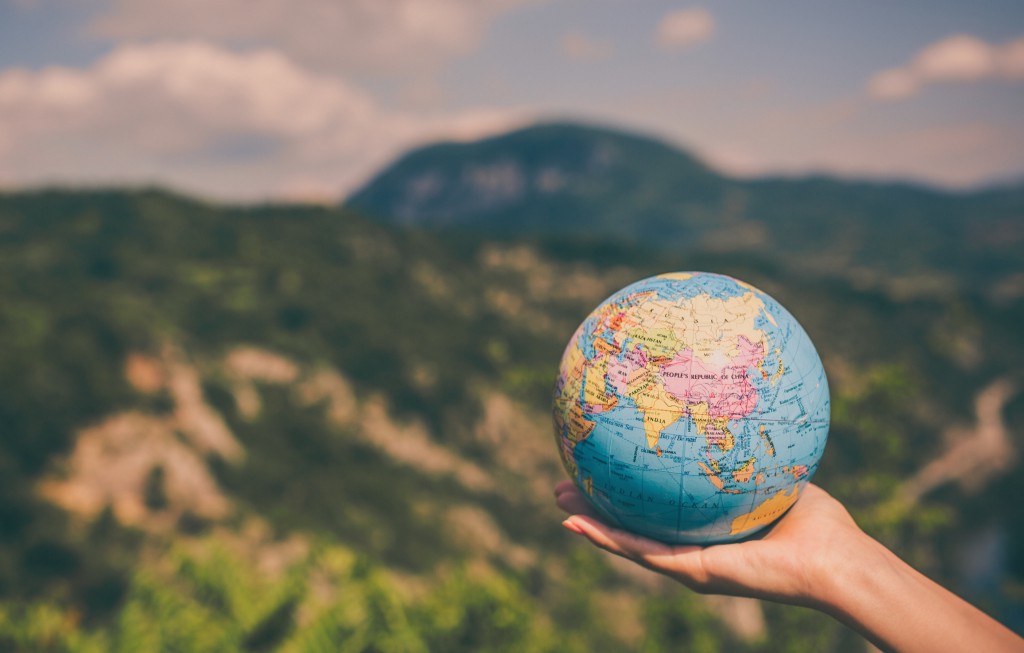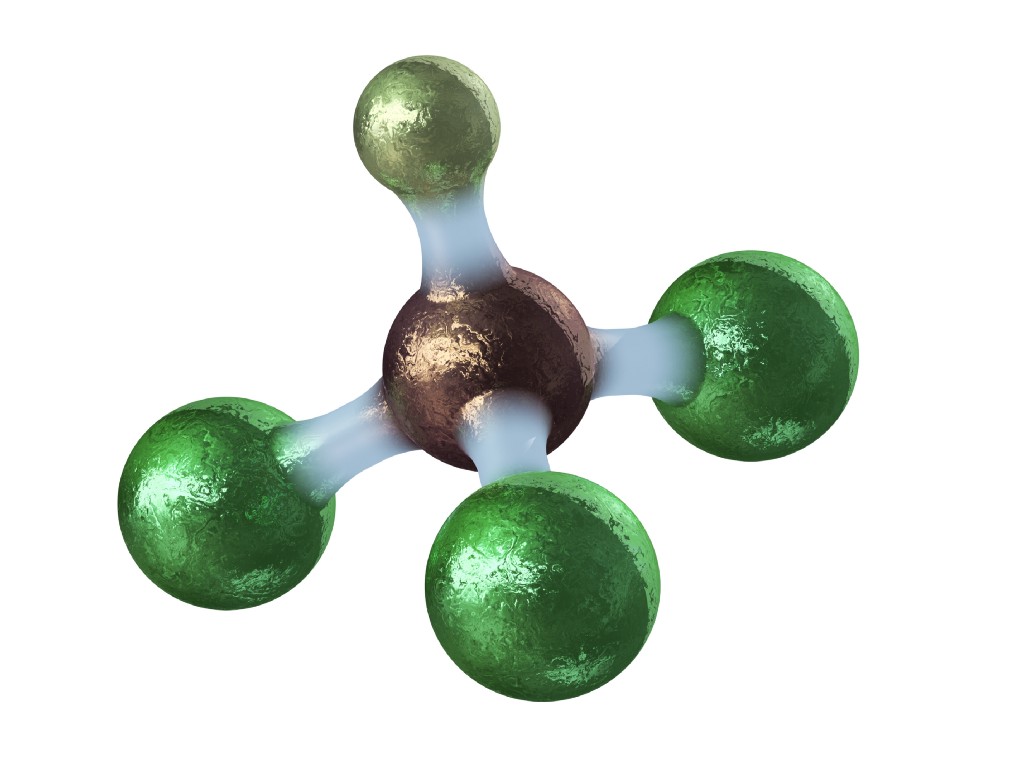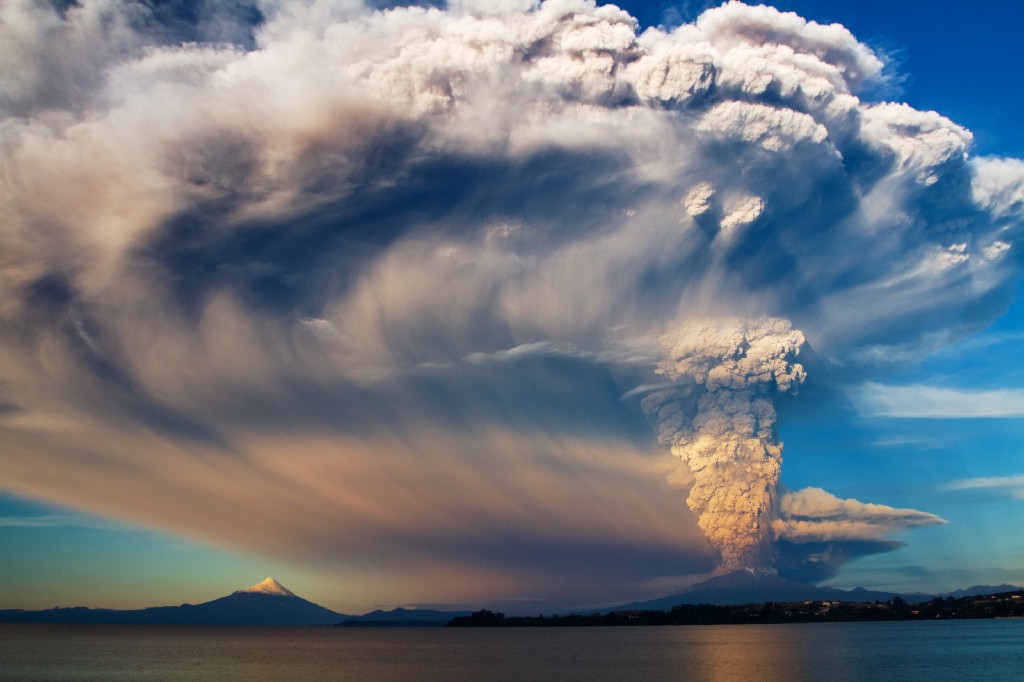We Finally Did Something Good For The Environment!

Congrats, Earth, on 4 million kilometers of shrinkage.
As the world seems to slide irrevocably towards apocalypse, the brains over at the Massachusetts Institute of Technology (MIT) finally have some good news: The ozone hole is smaller.
The ozone layer, or shield, is a belt of our planet’s stratosphere. It blocks most of the deadly ultraviolet rays that constantly blast from the Sun, giving you skin cancer and making you blind. It was almost 30 years ago that global leaders gathered in Montreal to discuss the alarming hole that ballooned in the ozone layer over Antarctica every spring (September-November).

The action of sunlight on chlorofluorocarbons (CFCs) and halons produced chlorine, which destroyed ozone molecules in the stratosphere. CFCs were present in dry-cleaning chemicals, refrigerators, air conditioners and aerosols. Since this was 1987, we were using a hell of a lot of aerosols, in bug killer, Lysol, deodorant — and yep, hairspray.

The governments of 46 countries (now nearly 200) adopted the Montreal Protocol. The international treaty aimed to reduce the production and consumption of CFCs and halons to 80% of 1986 levels by 1994, and 50 percent by 1999. The protocol was later amended to completely phase out the chemicals. (Developing countries got a bit of a break because they were busy developing.)
At first it was hard to tell if it was working, because the ozone hole grew during the 90s, reaching a peak in 2000. But a United Nations study in 2014 showed more promise:
“Actions taken under the Montreal Protocol have led to decreases in the atmospheric abundance of controlled ozone-depleting substances (ODSs), and are enabling the return of the ozone layer toward 1980 levels.”
— Scientific Assessment of Ozone Depletion
Scientists were caught off guard, therefore, when in 2015 the hole grew to record size.
But a paper published on June 30, 2016 by MIT says that spike was due mostly to Mount Calbuco in Chile erupting for the first time in more than 40 years.

Furthermore, the report states that the ozone hole has shrunk by 4 million square kilometers since 2000. If progress in stamping out CFCs continues apace, the hole is expected to close completely, for good, by the year 2050. There are lots of other factors that still cause global warming, like fossil fuels and cows cutting the cheese, but every little bit helps.
Susan Solomon, lead author of the MIT report, said:
“We can now be confident that the things we’ve done have put the planet on a path to heal. Which is pretty good for us, isn’t it?”
Eighties hairstyles may be making a comeback, but the good news from MIT doesn’t mean you can look forward to aerosol hairspray returning to store shelves. You’ll just have to make do with the pump bottle forever—but at least you can feel better about being a human.
